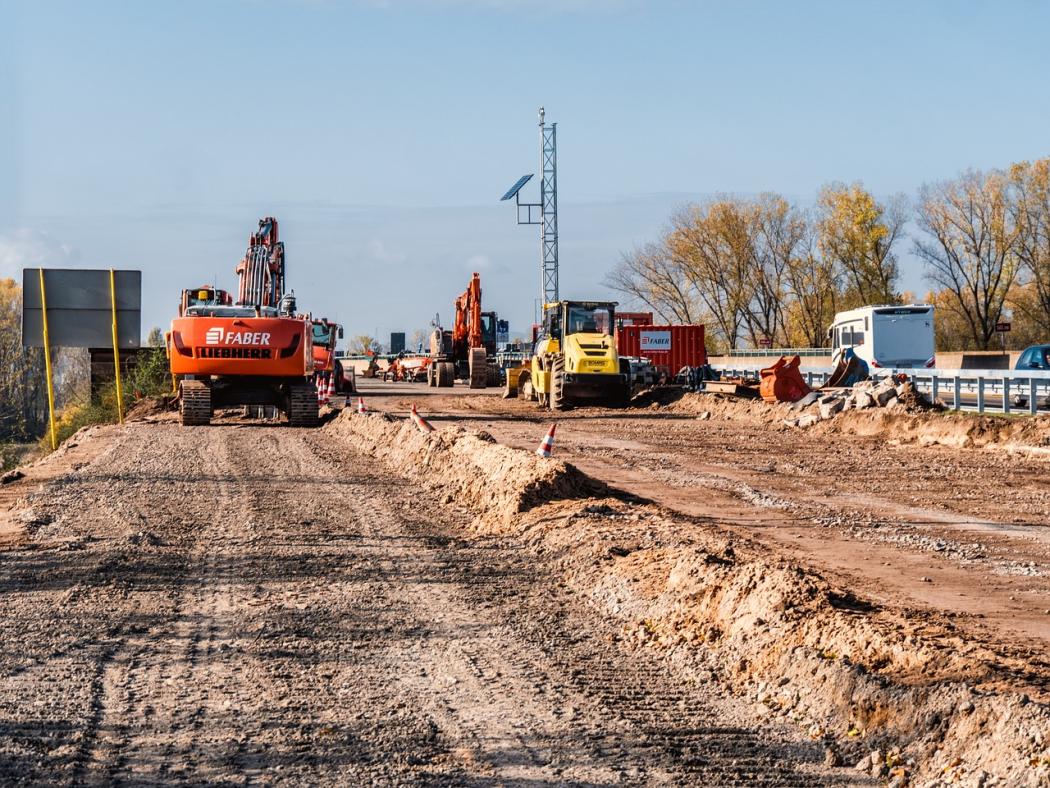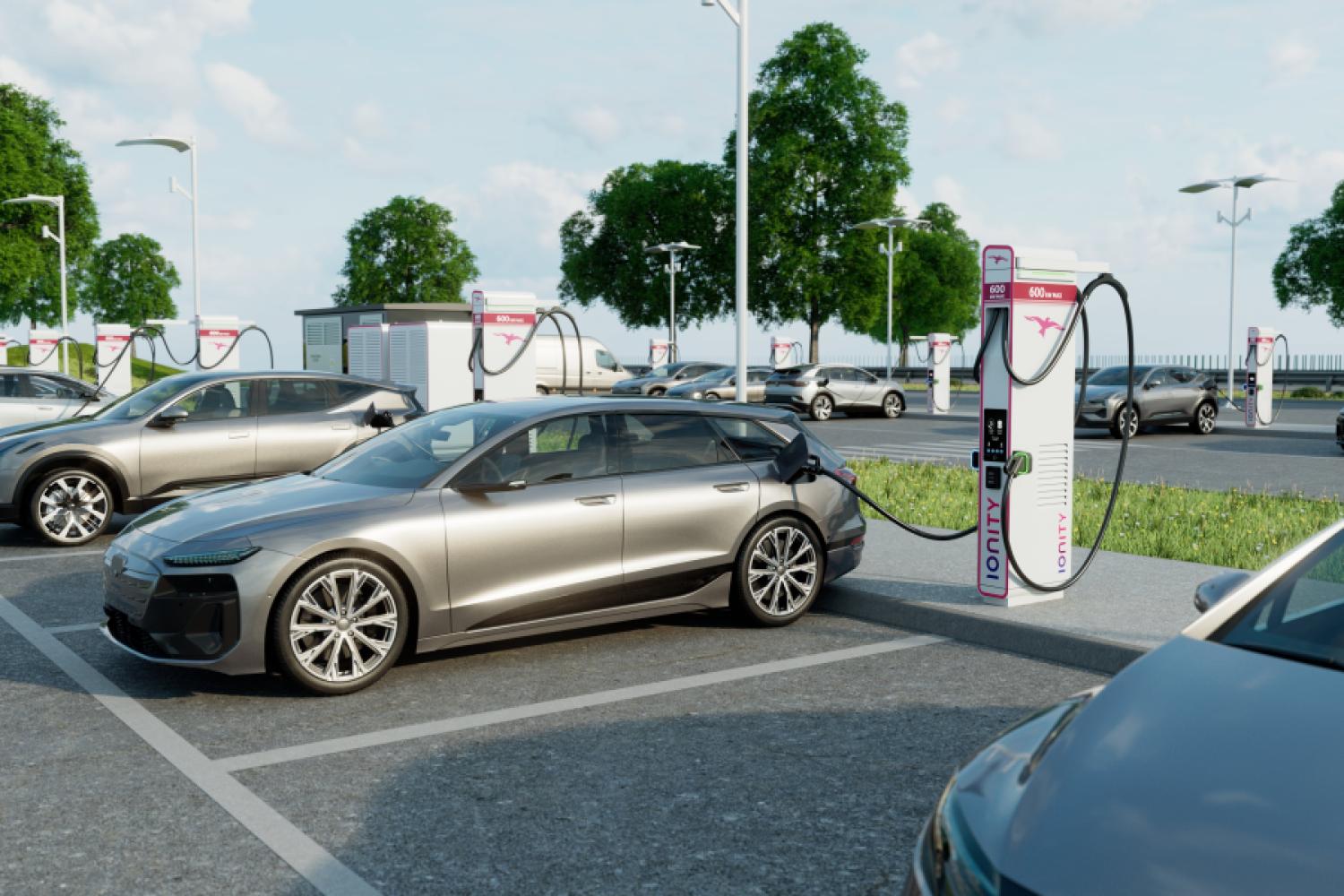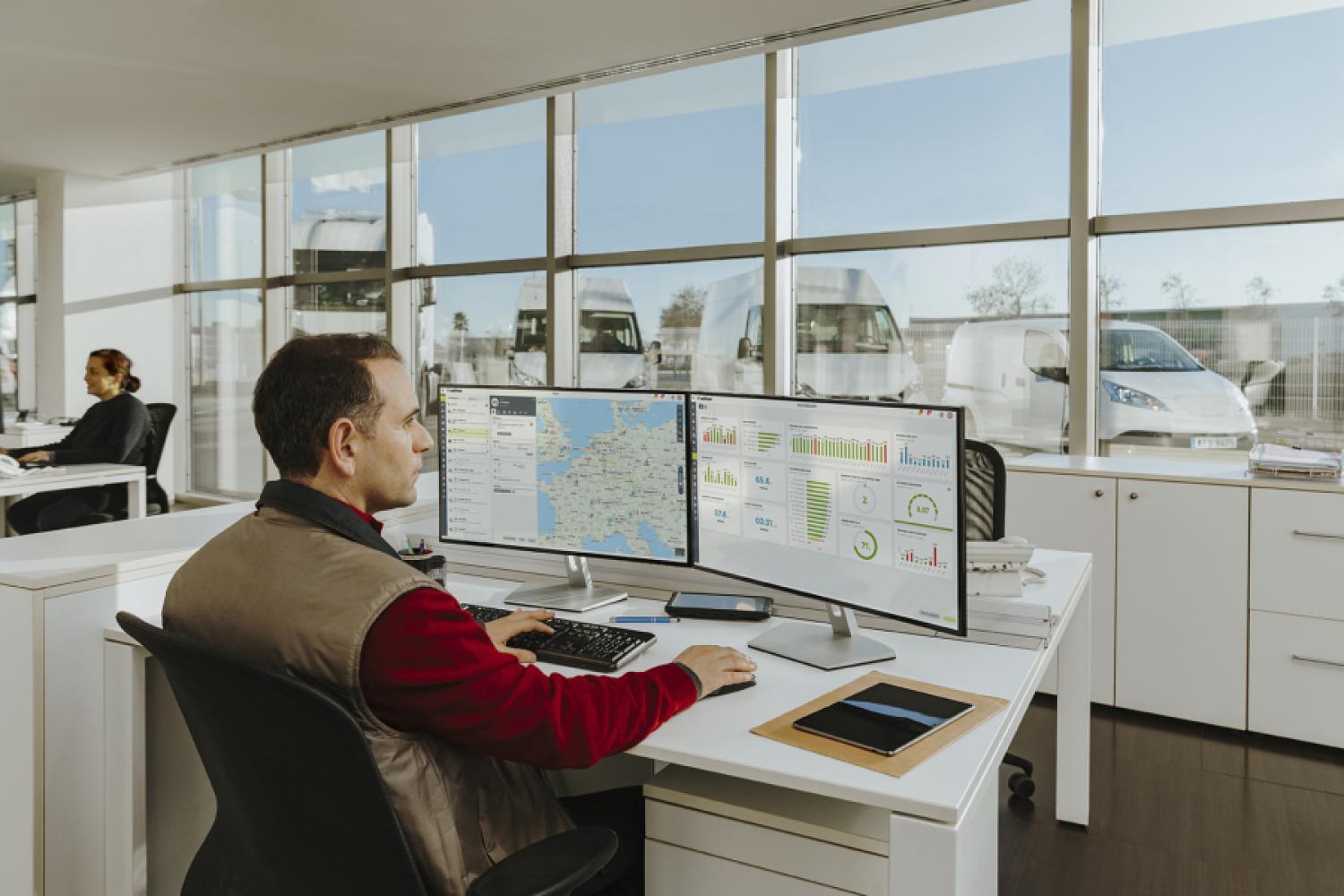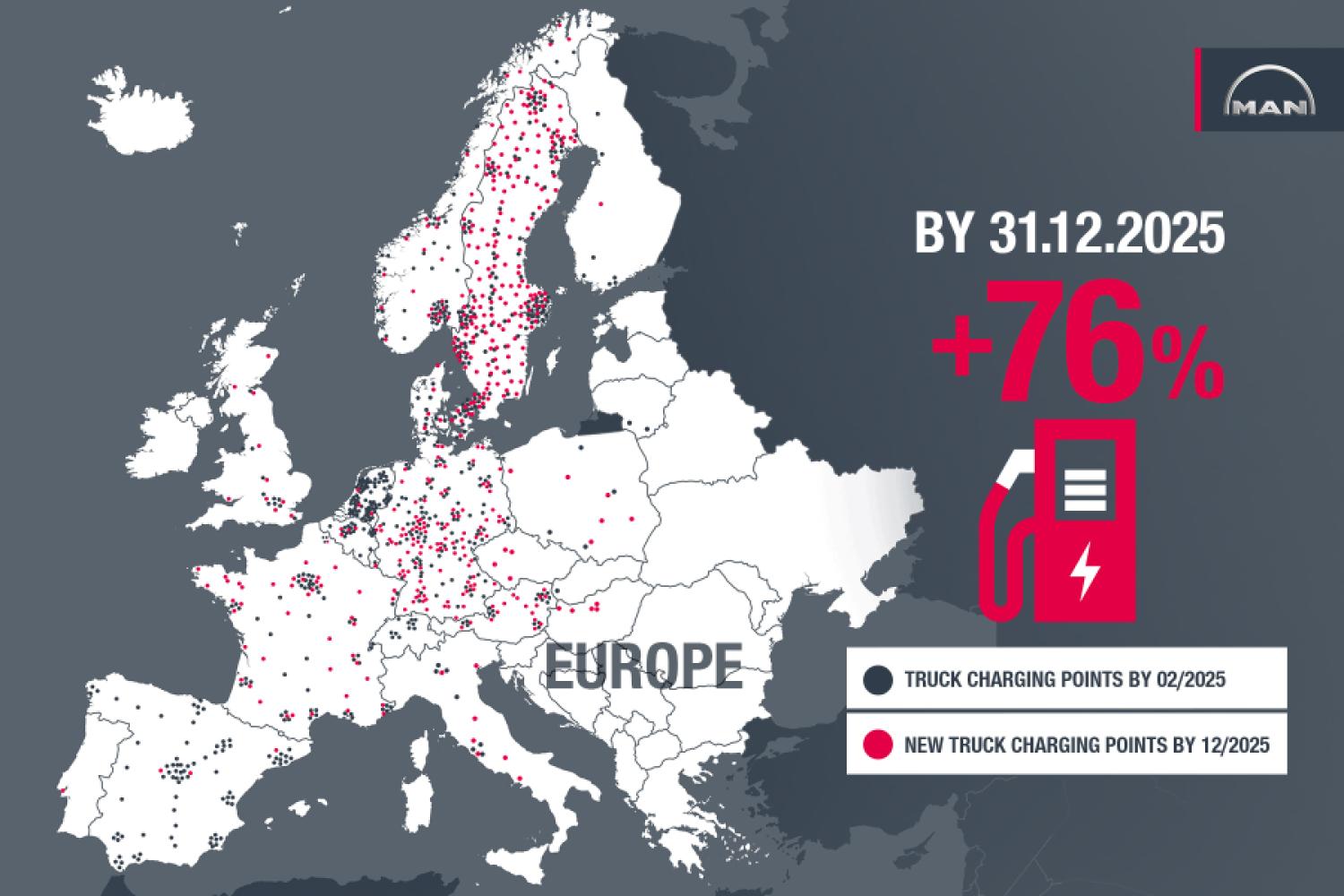A new study by the organization Transport & Environment (T&E) reveals how poor the condition of road bridges in Germany is— and what consequences this can have for the economy, logistics, and supply security.
According to this, around 6,000 bridges on motorways and federal highways already meet the federal criteria for replacement construction. This corresponds to about a quarter of the existing structures. According to T&E, the investment required in this area alone amounts to nearly 100 billion euros. In addition, there is a massive maintenance gap for bridges under municipal responsibility.
The Bavarian Haulers Association (LBS) sees its criticism confirmed by these results. The industry has long been urging more speed in maintaining and repairing transport routes.
“We are experiencing more and more frequently how severe disruptions to supply chains occur because the bridges, as literally the supporting pillars of the infrastructure, are no longer usable or only to a very limited extent,” explains Sabine Lehmann, Managing Director of LBS, with a view to prominent examples such as the A45 near Lüdenscheid, the closed Carolabrücke in Dresden, or the recently decommissioned Damaschkebrücke in Magdeburg.
The LBS is particularly critical of the fact that delays in renovation not only cause logistical bottlenecks but also significant consequential costs. Alternative routes increase travel times, burden drivers, worsen the environmental balance, and impair the efficiency of the entire logistics chain. Lehmann warns:
“Such incidents and the associated closures result in serious consequences for the security of supply for businesses and consumers—as well as for the efficiency of logistics companies and the burden on their employees.”
T&E analyst Benedikt Heyl puts it more dramatically:
The Autobahn GmbH is now conducting a “triage when modernizing road bridges.” “This is absurd and expensive, because every delayed renovation will cost much more in the future.”
Heyl criticizes that the current bridge modernization program of the Federal Ministry of Transport only provides for the replacement of around 4,000 bridges by 2030 – significantly fewer than necessary. Moreover, the program is limited to structures along the trans-European transport network (TEN-T), while over 12,000 other bridges in the remaining network are left out.
The Federal Audit Office also doubts that the already planned measures can be implemented on schedule. There is a lack of capacity in planning and construction execution – an assessment shared by the LBS. Lehmann sees the duration of the procedures as a core problem:
"If opposition from the comfort zone leads to accepting damages worth multiple millions, then the corresponding procedures need a new logistics."
The study by T&E further points to significant data gaps concerning bridges under municipal ownership. Three-quarters of the German road network is the responsibility of federal states and municipalities, yet reliable figures on the condition of the structures there are lacking. Individual surveys also suggest a high need for renovation. According to the German Institute of Urban Affairs (Difu), the investment requirement in the municipal sector is over 46 billion euros, with another 10 billion euros needed for state roads.
T&E therefore demands a fundamental realignment of transport policy. Renovation must take precedence over new construction. The federal and state governments must not only ensure long-term financing but also specifically support municipalities. Investments in climate-friendly freight transport shifts and the use of sustainable construction materials such as green steel and cement should become mandatory.
Heyl sums it up:
“Germany needs a strategic turnaround: Anyone who still dreams of new road constructions in times of collapsing bridges and climate crisis has not recognized the seriousness of the situation. Now every cent intended for road infrastructure must flow into renovation.”
For the freight transport industry, these warnings are more than an appeal—they are an urgent call to action. Because functioning infrastructure is not an option; it is the basis for economic stability, supply security, and sustainable mobility.






